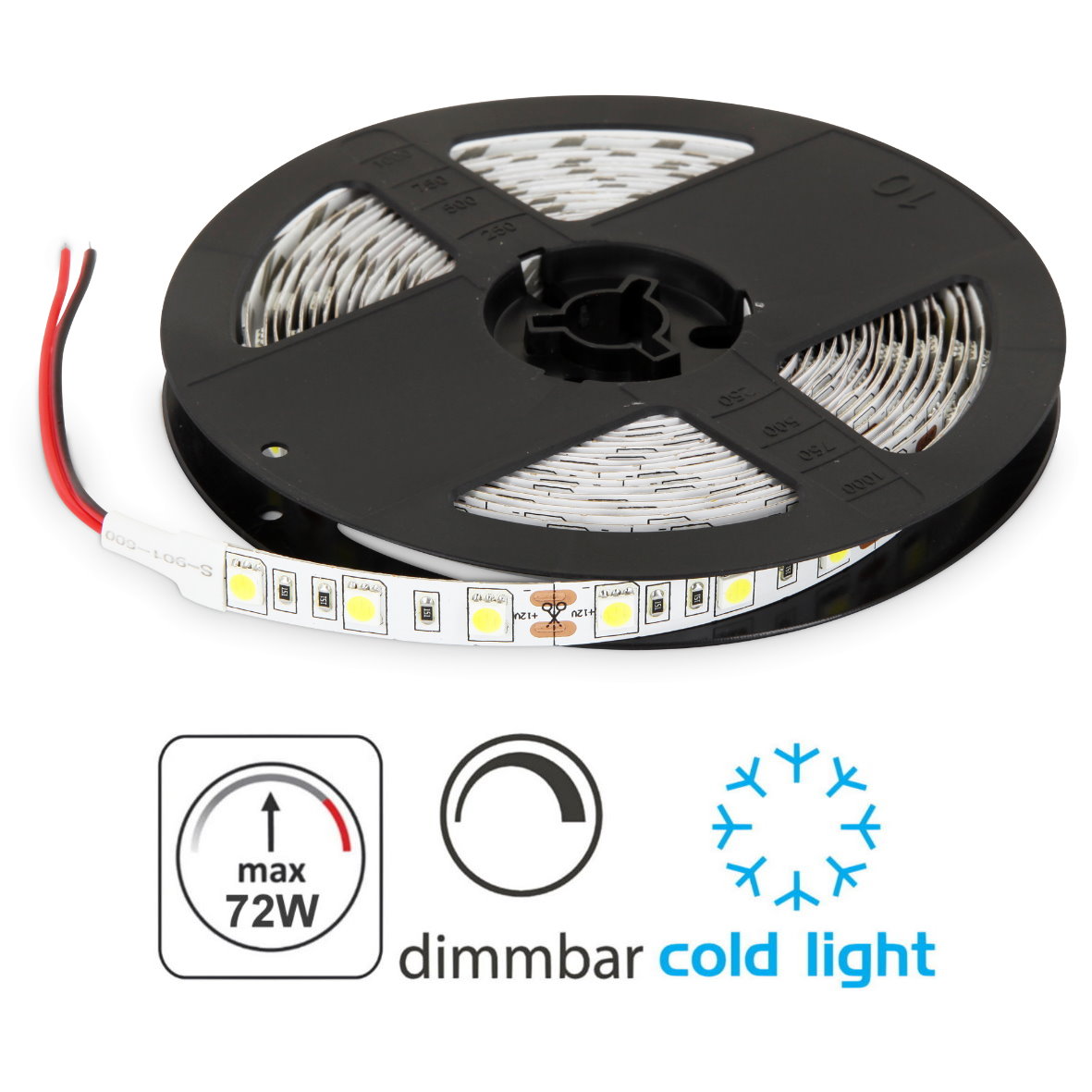indoor led lighting

Indoor LED lighting refers to the utilization of LED (Light Emitting Diode) expertise for illuminating the interior spaces of houses, places of work, business buildings, and various indoor environments. LED lighting has gained widespread popularity for indoor purposes because of its vitality efficiency, longevity, versatility, and high quality of light. Here are some key considerations and benefits of indoor LED lighting:
Benefits of Indoor LED Lighting:
Energy Efficiency:
LED lights are highly energy-efficient, consuming considerably less electrical energy compared to conventional incandescent and fluorescent lights. This results in decrease vitality payments and lowered environmental impact.
Longevity:
LED lights have an exceptionally long lifespan, usually lasting 25,000 to 50,000 hours or more. This reduces the necessity for frequent replacements, saving both money and time.
gødning Lighting:
LEDs present instant illumination when turned on, with no warm-up time required. They attain full brightness immediately, making them suitable for applications where immediate lighting is required.
Cool Operation:
LEDs emit very little warmth compared to incandescent and halogen bulbs. This makes them safer to use, particularly in enclosed fixtures, and reduces the load on air con systems.
Dimmability:
Many LED fixtures and bulbs are dimmable, allowing users to adjust the brightness to create the desired ambiance and save extra vitality when full brightness just isn't needed.
Color Temperature Options:
LEDs can be found in numerous colour temperatures, from heat white (providing a comfy, yellowish light) to cool white (offering a shiny, bluish-white light). This versatility permits customers to pick out lighting that suits their preferences and desires.
Color Rendering Index (CRI):
LEDs can achieve excessive CRI values, which implies they precisely render colours in comparability to natural daylight. This is important for purposes the place color accuracy is crucial, such as in art galleries, retail settings, and makeup areas.
Low UV Emissions:
LEDs emit minimal ultraviolet (UV) and infrared (IR) radiation, reducing the chance of damage to delicate supplies, materials, and artwork.
Versatility:
LEDs are obtainable in a selection of fixtures, together with recessed downlights, track lights, pendant lights, strip lights, and extra. This allows for flexibility in designing and customizing indoor lighting schemes.
Smart Lighting Integration:
Many indoor LED lighting systems could be integrated into smart house or constructing automation methods. This enables distant management, scheduling, and customization of lighting to satisfy specific needs and preferences.
Task Lighting and Accent Lighting:
LEDs are ideal for process lighting in kitchens, offices, and workspaces, providing centered illumination. They are additionally used for accent lighting to focus on architectural features, paintings, or ornamental elements.

Environmental Benefits:
LED lighting contributes to power conservation and decreased greenhouse gas emissions because of its low power consumption and long lifespan. It additionally incorporates no hazardous supplies like mercury, which is found in another forms of lighting.
Indoor LED lighting has revolutionized interior lighting design, offering energy-efficient and versatile solutions for a broad range of residential and business applications. When choosing indoor LED lighting, think about elements such as the meant function, desired ambiance, shade temperature, and CRI to create a well-lit and comfy indoor environment..
